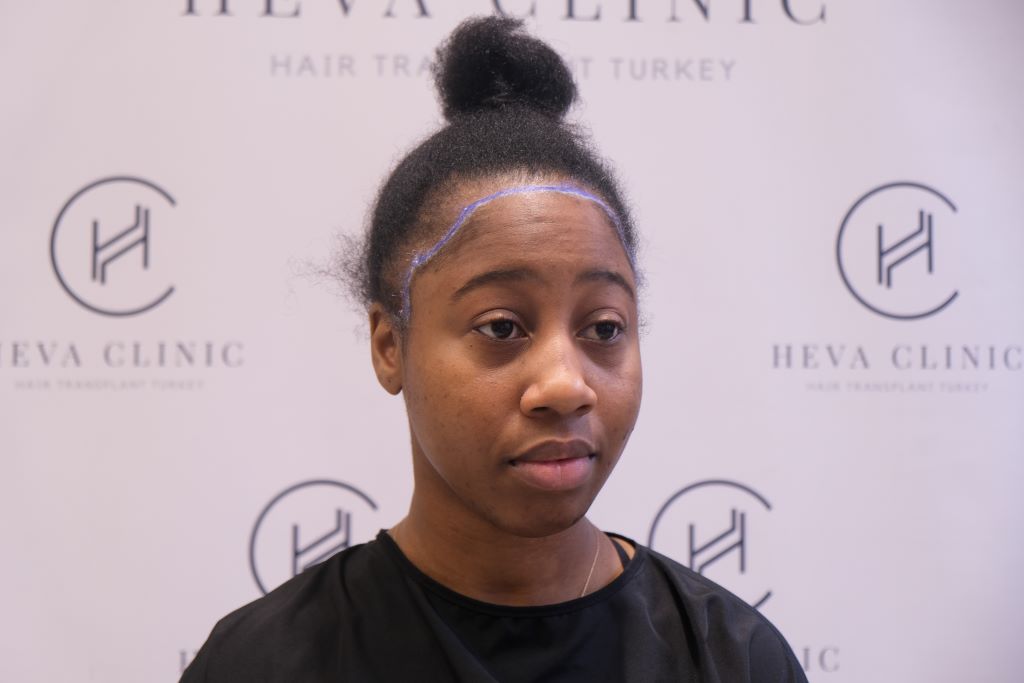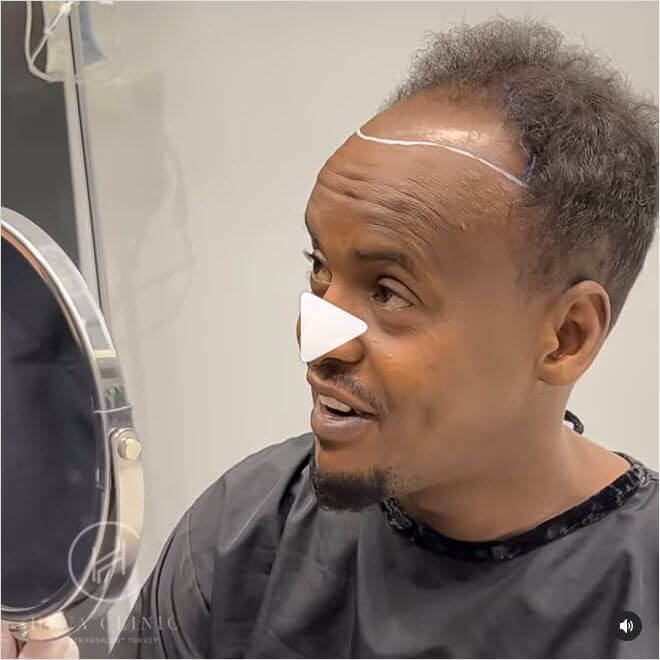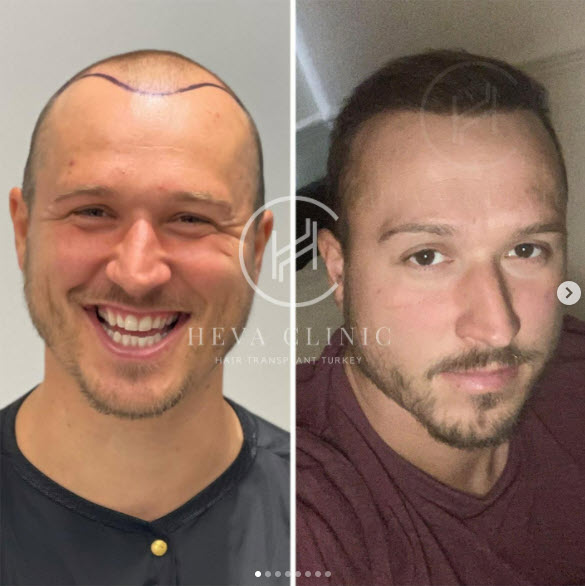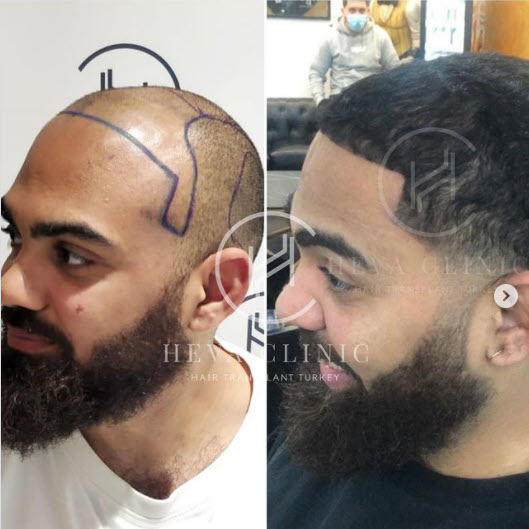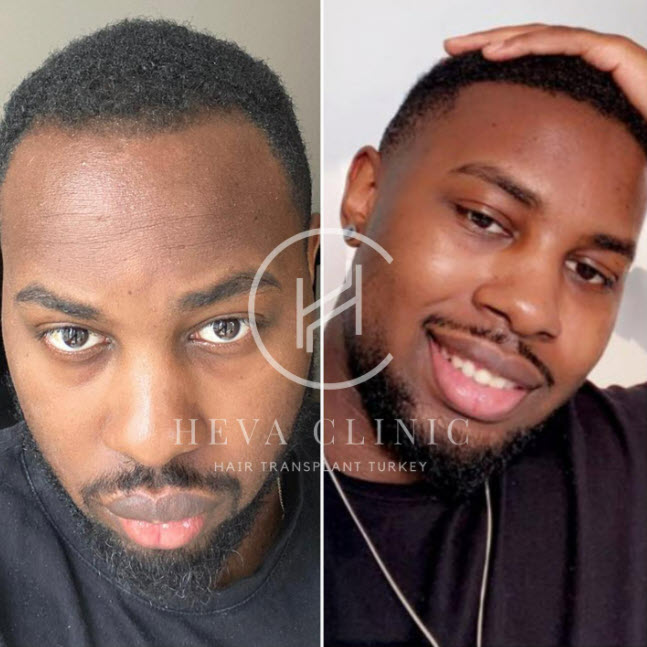Rogaine, in other words, Minoxidil, is a well-known drug that is used to reduce the look of thinned hair and the effects of hair loss. Many people resort to Rogaine before or after a hair transplant. Some people use it as a first attempt to battle the signs of hair loss while some people use it to support healthy hair growth after a hair transplant.
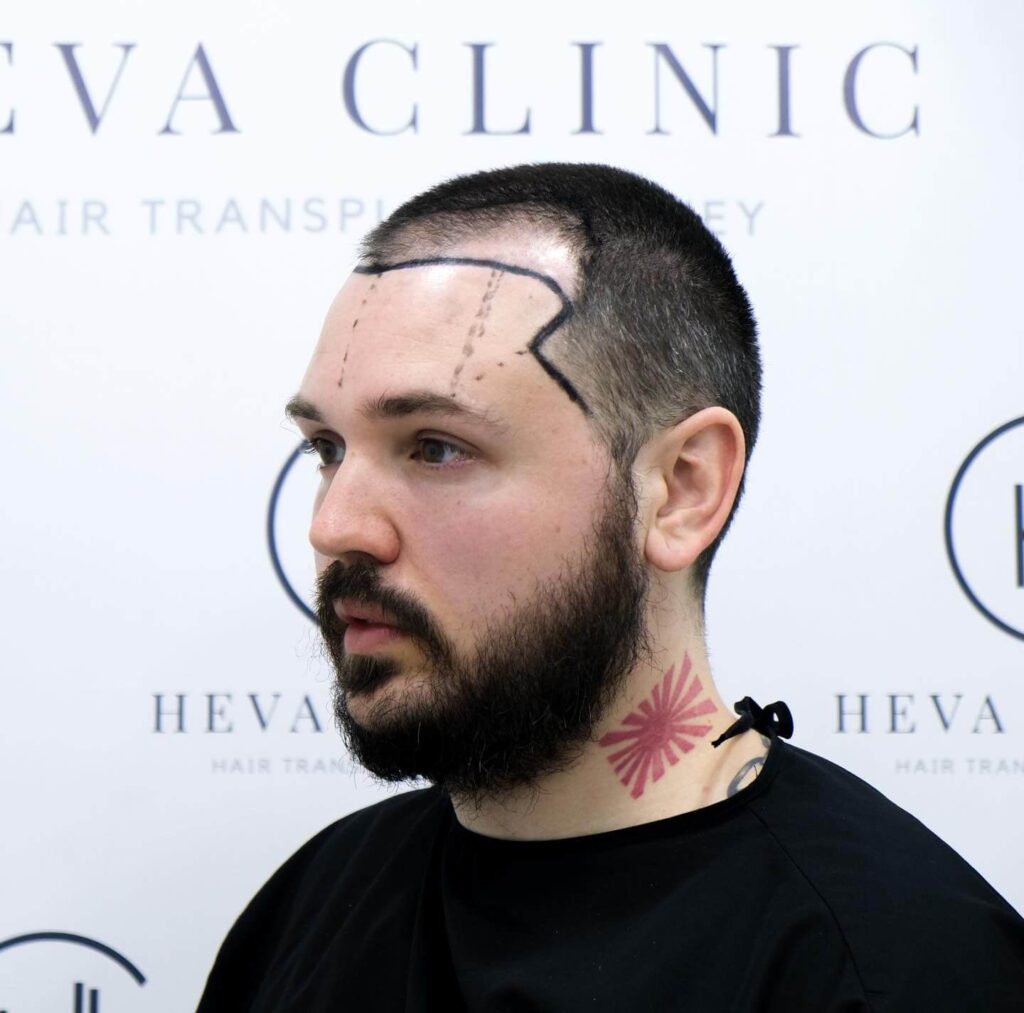
Noticeable hair loss affects a lot of people. Female pattern and male pattern hair loss can especially increase with ageing or after some health issues. This significant change can have a toll on people’s self-confidence, cause men and women to feel unhappy with their appearance, and give way to social anxiety. This is why people who are suffering from severe hair loss are on the look for a reliable solution. Hair transplant and approved medications are two of the most popular solutions to hair loss.
In terms of medication, Rogaine/minoxidil is known as one of the most effective and reliable options like finasteride. Hair transplant and hair loss medications can also be used in combination to achieve the best possible results. Using Rogaine/Minoxidil after a hair transplant has especially attracted attention because of the long-term and satisfying results. Minoxidil can speed up the hair growth period, and decrease the chance of shock hair loss and effect of future hair loss.
But what is minoxidil and when can you use it after a hair transplant? Here, we will explain these most common questions on the subject.

What is Minoxidil?
Minoxidil is a drug that belongs to a class of drugs known as vasodilators. These types of drugs dilate the blood vessels allowing blood to flow more easily. Minoxidil is used as the active ingredient in various hair loss drugs under different brand names including Rogaine. So, if you have been confused about the difference between Rogaine and minoxidil, there is no difference. Minoxidil is the main ingredient in Rogaine.
How does it work?
Rogaine/minoxidil works by widening the blood vessels and improving the blood flow to the hair follicles. This increased blood flow means more oxygen and nutrients can be delivered to follicles. This way Rogaine stimulates hair follicles to regrow thicker and allows you to have fuller hair. Even though minoxidil can be taken orally or applied topically, Rogaine is only available in topical solution and foam form.
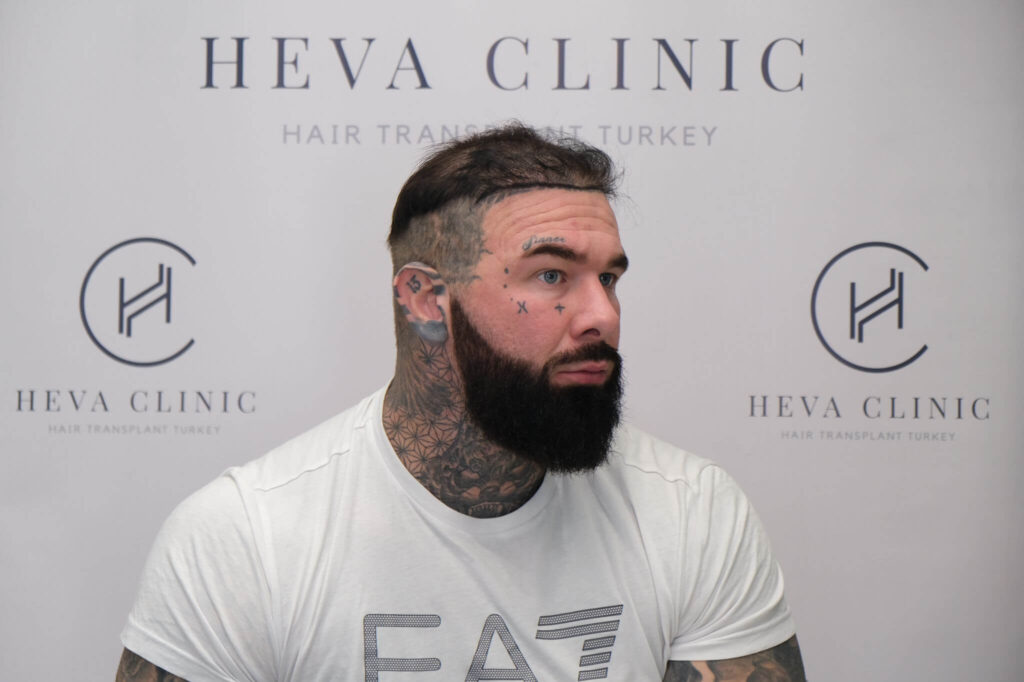
Should I stop Rogaine before a hair transplant?
There are some recommendations to follow before hair transplant. If you have started using Rogaine as the first step to remedy the effects of hair loss, your surgeon will ask you to stop taking Rogaine at least three weeks before your hair transplant procedure. Because Rogaine surpasses the effects of female pattern and male pattern hair loss, it would be impossible to see the extent of your hair loss problem while you are on Rogaine. This is why your surgeon will need to see the state of your hair loss after you quit taking minoxidil. Depending on your preference, you can continue taking Rogaine after your hair transplant surgery.
When Can I Use Rogaine After a Hair Transplant?
You can start Rogaine within the first 2 weeks after your surgery. If you experience any itching or irritation, it is advisable to stop using Rogaine and start again at a later time. Please consult with your surgeon or general practitioner if you notice any irritation and follow their advice on how to proceed.
Is it compulsory to use Rogaine after a hair transplant?
No, it is not compulsory to use Rogaine after a hair transplant. Even though Rogaine can have great benefits on hair growth after a hair transplant, it might not be necessary for everybody. This decision only depends on your preference and your surgeon’s medical advice.
How long after my hair transplant can I start using Rogaine?
You might wonder how long you should wait after your hair transplant surgery to start using Rogaine. Generally, it is better to wait for the hair follicles to settle down for the first one or two weeks after your surgery. You may start using Rogaine after that period.
Is Rogaine/Minoxidil safe after a hair transplant?
Rogaine/minoxidil is a safe over the counter medication. It generally does not cause any major side effects. Some patients report minor side effects such as scalp irritation and headaches. In some rare cases, especially for women, hair growth is seen in unwanted areas. However, it is generally safe to use Rogaine after a hair transplant.
How to apply Rogaine after a hair transplant?
Rogaine can help with reducing shock loss, improving the growth rate of transplanted hair follicles, and slowing down ongoing hair loss.
If you have decided to use Rogaine after your hair transplant, it is usually advised to use it once a day. However, your surgeon might advise you to follow a different routine.
Do you still have to use Rogaine after a hair transplant?
Using Rogaine after your hair transplant is up to you and your surgeon’s advice. You don’t have to use Rogaine after your surgery, especially if quitting minoxidil was one of the main reasons you wanted to get a hair transplant.
However, it is important to note that Rogaine can have great benefits on your hair journey and improve the overall appearance of your hair. Make sure to discuss the use of Rogaine before your surgery with your surgeon.

